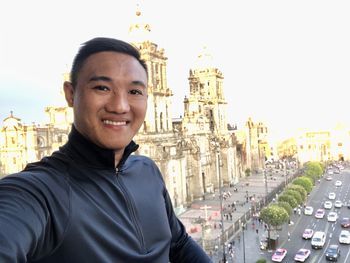The types of massage


The physical state of the person receiving the treatment will dictate the type of massage the therapist will give. Therapists can employ the appropriate method to massage an athlete or an old person, or somebody with particular needs. A massage can have many benefits depending on what clients require. Some types of massages are specifically designed for specific customers. Most massages are either Swedish or deep-tissue.
A structural integration session usually is a 10- to 13 sessions treatment plan. The practitioner employs various strategies to address the fascia. This is done to restore the structure that the human body has. 출장안마 The practitioner will focus on the body's various layers and sections. The practitioner will consider the patient's medical history practices, lifestyle and habits in addition to providing instruction in movement. This type of massage aims to enhance the general health and quality of the client's life.
The traditional massage focuses more on soft tissue and joints. The fascia wraps around muscles and shapes the body. It can be used by massage therapists. Clients may have to sit, stand or lay down for the duration of the therapy. The client must also actively take part in each session. It is suggested to attend 10 sessions to get the best outcomes. There will be two parts in the session: the integration and structural.
The Rolf Method of Structural Integration is a different type of session that is structurally integrated. The Rolf Method of Structural Integration is designed specifically for those working at desks or drive. Rather than the traditional massage method, this one concentrates on correcting posture and ergonomics, and will teach them to move in a proper manner. This type of exercise may be better suitable for those who are susceptible to repetitive motions.
Massage practitioners who use structural integration utilize methods that concentrate on the body's myofascial systems. They employ a variety of strategies to aid in helping the body's structures become in alignment and more flexible. Practitioners may employ long, slow stretching moves and a constant application of pressure. In most cases, clients may be required to move as the practitioner performs. This way, structural integration is an effective therapy for people with chronic pain.
The massage practitioner will use instruction to bring the body's myofascial system into balance. They will focus on the fascia, the part of the muscle that is surrounded by the muscles and gives the body the shape it has. They use a variety of methods to treat the fascia. They might apply various pressures to the body or ask the patient to move while they stretch. They may also review the client's personal history and working habits to identify which areas of the body require more attention.
Different types of massages are accessible. A therapist can specialize in either or both of these kinds of massage. A few therapists specialize in one or the other and others specialize in a specific area. For instance, structured integration, focuses on fascia around muscles, and provides the body with shape. Integrative massage practitioners employ a range of techniques to treat the fascia within a certain zone, for example, slow deep stretching or constant use of pressure.
A typical treatment will be concentrated on the myofascial system of the body. The fascia surrounds the muscles and creates its shape. The practitioner can employ a variety of strategies during an Structural Integration treatment that focuses on specific areas. Massages may require a variety of strategies. In the case of a massage, for instance, patients may stand or sit at different points during the course. In this period, the person performing the massage will move muscles in different waysthat could lead to changes in position of the body.
A Structural integration session includes the following 10-to-13-session treatment program. Practitioners employ a variety of techniques to treat myofascial issues and every session will build on previous ones. The practitioner will focus on the fascia which is the muscle's lining that helps shape the body. The technique employs a variety of slow, deep stretching methods that apply the use of constant pressure. The practitioner might ask the clients to perform a certain movement while the pressure is being applied.
